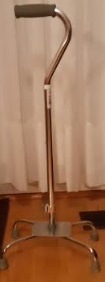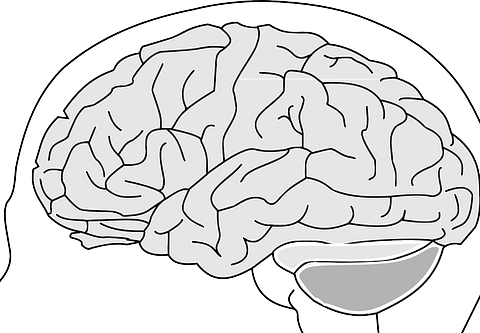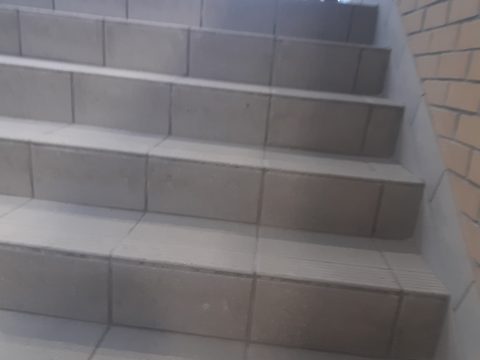Another term for walking sticks is canes.
Walking sticks or canes carry many benefits to stroke survivors. They are valuable tools for stroke patients in their journey to independence. However, experts recommend evidence-supported specific steps to follow for better recovery; it is time dependent.
If you read the following two posts, it will be really helpful for your in your journey to independence after a stroke.
Benefits of using walking sticks (canes):
Following are the several benefits of using suing sticks.
Walking sticks improve walking among stroke survivors.
Yes.
Research reveals that walking sticks can improve walking ability, particularly walking speed and step length.
Canes can improve walking speed and step length.
Another benefit of walking sticks is that they can help to reduce the amount of stress on the affected limb. This can be particularly useful for individuals with weakness or paralysis in one arm, as forearm crutches can provide support to the affected arm, allowing them to move more easily and comfortably.
Walking sticks boost self-confidence.
Not only that, but it also boosts self-confidence.
Walking sticks facilitate social interactions.
Since they help to move around it strengthens social interactions as well.
Other than its use as a walking aid, canes have several other practical applications such as using it as a tool to turn a switch on and off, to reach small utensils.
However, first of all, a stroke rehabilitation specialist should assess you or your loved one and recommend a cane.
Canes can improve step length and walking speed of some stroke patients. It also improves their confidence.
Tyson and Rogerson, 2009
Types of walking sticks (canes)
- Single-point cane: typically used by individuals with hemiplegia or hemiparesis on one side
- Three-legged (tripod) cane: This type of cane has three points.
- Quad cane: offers more stability with four points of contact with the ground.
Parts of a cane
Several types of canes are available for buying. it varies with its handle type, the ability to adjust, and the base.
This post may help you as a guide if you have decided to buy one. However, those who are planning to buy one should ideally consult a physiotherapist /physical therapist to decide the specific type of mobility aid they need.
A cane consists of three parts: handle, stick, and base.
- Handle: The handle can be either curved, inverted U-shaped, or T-shaped. The latter seems to be more suitable for those having a stroke because of the weaker grip they might have.
- Stick: The walking sticks are typically made up of wood, acrylic, or aluminium. The aluminium walking sticks are more advantageous because their length can be adjusted with a push-button mechanism.
- Base (ferrule): The stick’s tip or base can be either a single-point, three-legged (tripod) or four-legged (quad). Those who are having a one-sided weakness use either the tripod or the quad ones because they cannot use a walker and single-point canes do not provide much support.


How to choose the correct walking stick?
It seems most who need a mobility aid do not consult a health professional. Moreover, those who sell products also seem to be not well trained to assist their clients with selecting the correct one.
There are several guidelines and support articles published by researchers and practitioners about how to choose the correct walking aid. I included links to a few resources in this post. If you are aware of better information pieces, you are welcome to post them in the comment section.
Selected resources
- Robert Lam explains what factors we should consider before choosing the correct cane in an article for the Canadian Family Physician. You can access the article through this link.
- I found another useful article about walking aids written by Stowe, Hopes, and Mulley in the European Geriatric Medicine Journal published by ScienceDirect; you can access it through this link. This article describes different types of sticks and frames.
- Cheryl A Sadowski, BSc(Pharm), PharmD, FCSHP and C. Allyson Jones, PT, Ph. , clinical pharmacists, has published a book for practising pharmacists. Apart from basic information about canes, crutches, and walkers, they also provide useful screening questions that sellers can ask their clients to assist them in choosing the correct one; you can reach the relevant piece of information through this link.
- Assistive devices training: https://elsevier.health/en-US/preview/assistance-device-training-canes.
- Best canes and sticks guide






